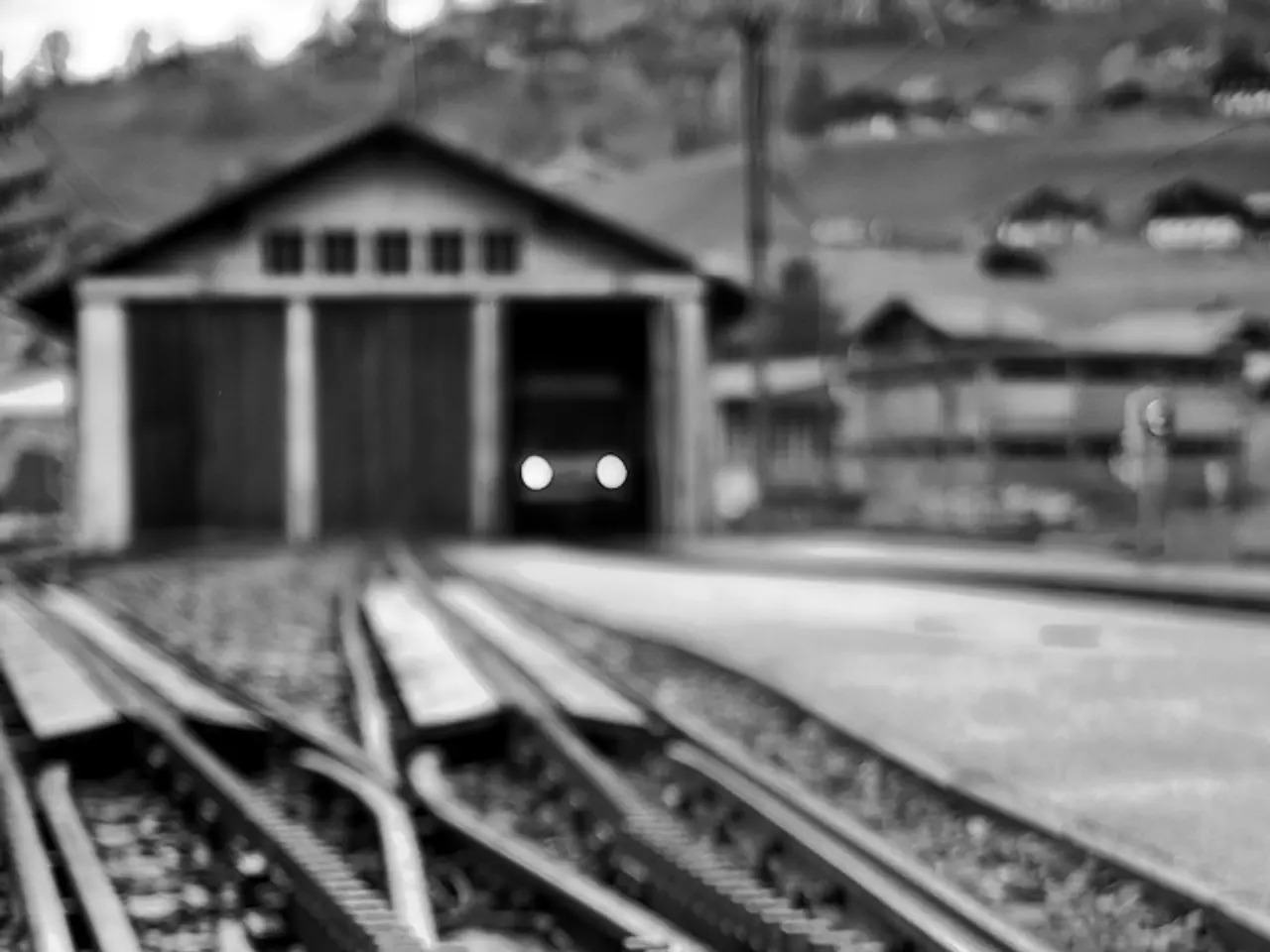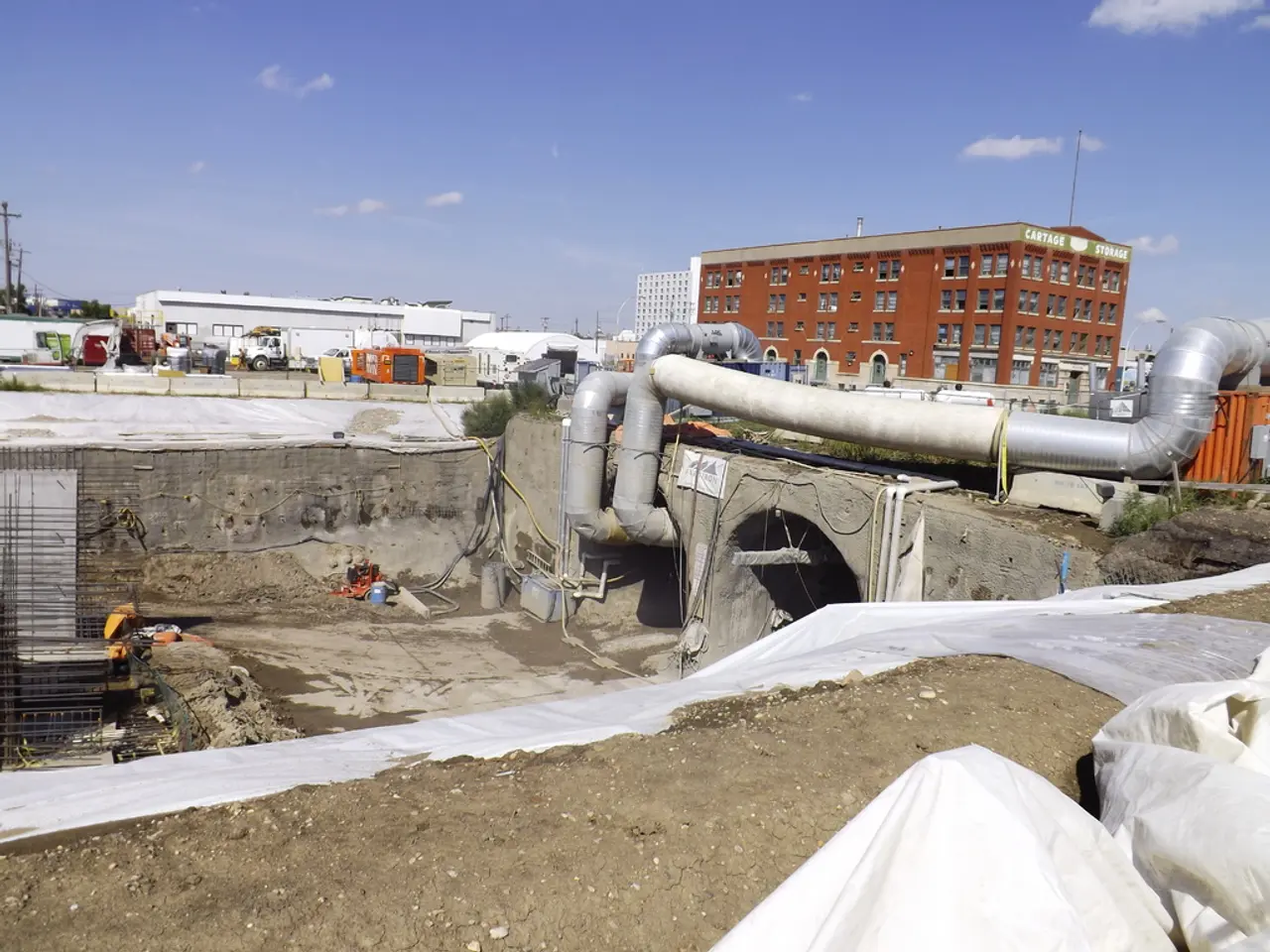Parliament Streamlines Old Railway Track Building Process
In a significant development for urban planning and housing in Germany, the Bundestag has passed a legislative amendment aimed at making it easier to use abandoned railway plots for construction. The move, supported by Christian Jung, the transport policy spokesman for the state FDP, comes as a response to criticisms of the Green Party's legislative proposal, which was deemed by Jung as "twisted regulations" aimed at preserving existing track areas at old main stations and preventing residential construction.
The relaxation of this regulation, however, is contingent upon approval from the Bundesrat. The approval process is crucial, as more than 170 municipal projects nationwide have been blocked due to the previous government's regulation, including construction projects in Nuertingen, Ulm, and Stuttgart.
The amendment clarifies that the preservation of such a facility is not in the "overriding public interest" if its infrastructure is no longer expected to be used in the long term. This change could potentially open up opportunities for the redevelopment of abandoned railway plots, although specific projects and regulatory easing details are yet to be fully disclosed.
One notable example of a railway line being repurposed is the closed Berlin Siemensbahn line, which is being reopened partly to serve a large residential development on the site, with service expected to restart in 2029. However, this instance involves the reuse of the railway corridor as a transit corridor, rather than a standalone residential construction initiative on former rail land.
Germany is actively investing in infrastructure, with a €503 billion budget for 2025 focused on rebuilding roads and modernizing infrastructure. While the focus is more on roads, bridges, and schools, the amendment marks a step towards encouraging rail-to-housing conversions as part of urban renewal and transit revival projects.
The amendment's impact on projects like the planned Rosenstein Quarter in Stuttgart is yet to be determined. The city of Stuttgart has filed a complaint against the municipality's constitution with the Federal Constitutional Court due to the inability to construct the Rosenstein Quarter on the current track. With the new law in place, the city is now checking whether the complaint has become obsolete.
Stuttgart's Mayor, Frank Nopper (CDU), expressed joy and relief due to the Bundestag's decision, as it enables the "future and century project Stuttgart Rosenstein" with up to 5700 apartments for around 10,000 people. The Minister of Housing, Nicole Razavi (CDU), also welcomed the law change, stating that more than 6300 new apartments for around 13,000 people can now be created in Stuttgart, Nuertingen, and Ulm alone.
As the process unfolds, further details on regulatory changes, specific projects, and their impacts are expected to emerge. Consulting German federal or regional urban planning and transport authorities' latest publications or legal texts would be advisable for those seeking more information.
The approval of the legislative amendment by the Bundestag marks a shift in politics towards rail-to-housing conversions in municipalities such as Stuttgart, as opposed to the previous regulations that have stalled more than 170 projects nationwide. This change in regulation could potentially open up opportunities for the redevelopment of abandoned railway plots, such as the planned Rosenstein Quarter in Stuttgart, which has been stalled due to the previous regulations.








